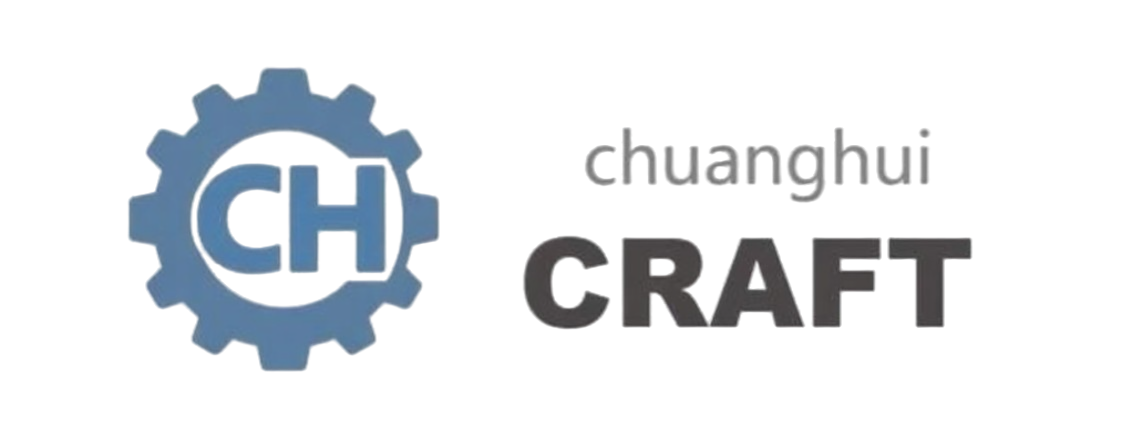Sheet Metal Fabrication
Sheet Metal Fabrication
- Express Manufacturing Starting From 7 Days
- Laser, Plasma, Water-Jet Cutting and Bending
- Aluminium, Steel, Stainless Steel
- Prototype & Serial Manufacturing
- Certifications & inspection reports
Sheet Metal Fabrication

Order Sheet Metal Fabrication: How It WorksOrder
1. Request Manufacturing
Upload your designs, choose quantity, material and colour options.
2. Quote & DFM
We perform design-for-manufacturability analysis and prepare your quote within 48 hours.
3. Delivery
Place your order and get parts.
Overview: What is Sheet Metal?
The Basics Of Sheet Metal Fabrication
Sheet metal fabrication is the process of turning flat sheet metals, typically 0.15 mm to 10 mm thick, into parts and structures of various shapes. The stock materials for this process are flat metal sheets. Sheet metal fabrication is used to create objects such as enclosures, chassis, brackets, stamped features, curls, etc. It is also used for decorative purposes to make patterns in metal sheets.
Overview: Sheet Metal Materials?
Steel
- Cold-rolled steel plates (SPCC, CRS, etc.)
Characteristics: High hardness, large tensile strength, thickness ranging from 0.25mm to 3.2mm, with a surface color of iron gray.
Surface treatment: Suitable for electroplating, baking paint, powder coating, etc.
Application fields: Electrical appliance shells, structural parts, etc. - Hot-rolled steel plates (SPHC, HRS, etc.)
Characteristics: Hardness and tensile strength are close to those of cold-rolled steel plates, thickness ranging from 1.4mm to 6.0mm, with a surface color of black gray.
Application fields: Manufacturing of automotive frames and other structural parts. - Hot-dip galvanized steel plates (SPGC)
Characteristics: Surface metallic white, not prone to rust, thickness ranging from 0.4mm to 3.2mm.
Application fields: Refrigeration equipment, air conditioners, roof structural parts, etc.
Aluminium
- Aluminum plate (AL)
Common types: A1100P, A5052H32P, AL6061T6, etc.
Characteristics: Light weight, good thermal conductivity. After anodizing treatment, it can improve corrosion resistance and present various colors.
Application fields: Electronic product shells, automotive parts, aerospace, and other fields.
Stainless Steel
- Stainless steel plates (SUS series)
Common types: SUS304, SUS301, SUS430, etc.
Characteristics: Strong corrosion resistance, diverse surfaces, including matte, bright, mirror, and brushed finishes, etc.
Application fields: Appliance shells, decorative structural components, etc.
Copper
- Copper Plate (COPPER)
Classification: Red copper and brass.
Characteristics: Excellent electrical conductivity and ductility.
Application fields: Red copper is used in the electrical and chemical industries; brass is used in wiring equipment, instrument panels, etc.
Overview: Finishing Options for Sheet Metal Fabrication?
Bead blasting
Depowdering of parts with bead blasting. The final parts are slightly grainy in the touch with a satin-like matte appearance.
Notes:
Semi-sintered surface particles remain on the part even after initial depowdering.
- Slightly grainy in the touch
- Uniform, matte or satin-like appearance
Anodising (Type II)
Type II anodise provides increased corrosion resistance and can be used as a base for paint and other finishes.
Notes:
- Aluminium is typically anodised
- Anodised coatings are not electrically conductive
- Possibility of requesting custom colours (RAL)
Powder coating
Provides a continuous, protective color finish on parts using evenly applied, heat-cured paint. The finish is usually tougher and even compared to conventional painting. Metals like aluminium and steel can be efficiently coated with polymer powders.
Media tumbling
Tumbling vibrating media to remove sharp edges and burrs on machined parts.
Notes:
Sharp edges may be dulled. Parts with fragile features are not recommended for tumbling.
- Smooth in the touch
- Satin-like matte appearance
Electropolishing
An electrochemical process that cleans steel parts to reduce corrosion and improve appearance by making the metal brighter.
Notes:
- Reduced corrosion
- Brighter appearance
Passivation
A colorless coating that improves corrosion resistance for 200 and 300 series and precipitation hardened corrosion-resistant steels by removing free iron from the surface.
Electroless nickel plating
Electroless nickel plating provides a uniform nickel coating, which offers protection from corrosion, oxidation, and wear on irregular surfaces.
Chromate conversion
Chromate conversion coatings, also known as chem-film, enhance corrosion resistance and conductivity properties and can be used as a base for paint.
Notes:
- Type I chromate conversion caused the coating to appear gold or brown in color typically
- Type II chromate coating will appear clear and does not affect surface colouration
Zinc coating / Galvanising
Zinc plating involves the electrodeposition of a thin coating of zinc metal onto the surface of another metal object, known as a substrate. The zinc coating creates a physical barrier that prevents rust from reaching the underlying metal surface.
Gold plating
Gold Plating provides good corrosion and tarnish resistance. Gold has low contact resistance, excellent conductivity, and solderability.
Silver plating
Electroplating silver provides good corrosion resistance but easily tarnishes. Silver offers high solderability and electrical conductivity.
Black oxide
Black oxide is a type of conversion coating for ferrous materials, such as steel and stainless steel, which blackens the top layer of the material. It can be used to reduce reflection and glare, as well as provide some additional corrosion resistance without affecting part dimensions.
Advantages of Ordering Sheet Metal Parts from
Rapid Turnaround
Combining the latest cutting, bending and punching with automated technologies, provides instant sheet quotes and completed parts in as fast as 10 business days.
Certifications & Inspection Reports
Our QA department performs strong quality assurance.
Precision & QC
offers various tolerance options in accordance with ISO 2768 (standard, fine) and ISO 286 (Grades 8, 7, 6). Our QA department performs strong quality assurance. is ISO 9001 certified.
Fast Delivery
Xometry delivers parts to many countries fastly. Just get a quote and see available delivery options along with your parts quote.
Sheet Metal Fabrication
Our services cover automotive, aerospace, and healthcare industries, providing customized solutions for each.
Order CNC Machined Parts Now
Focus on precision parts processing
Our Services
Contact Us
No. 1,
info@chuanghuicraft.com
+86 17722344847
